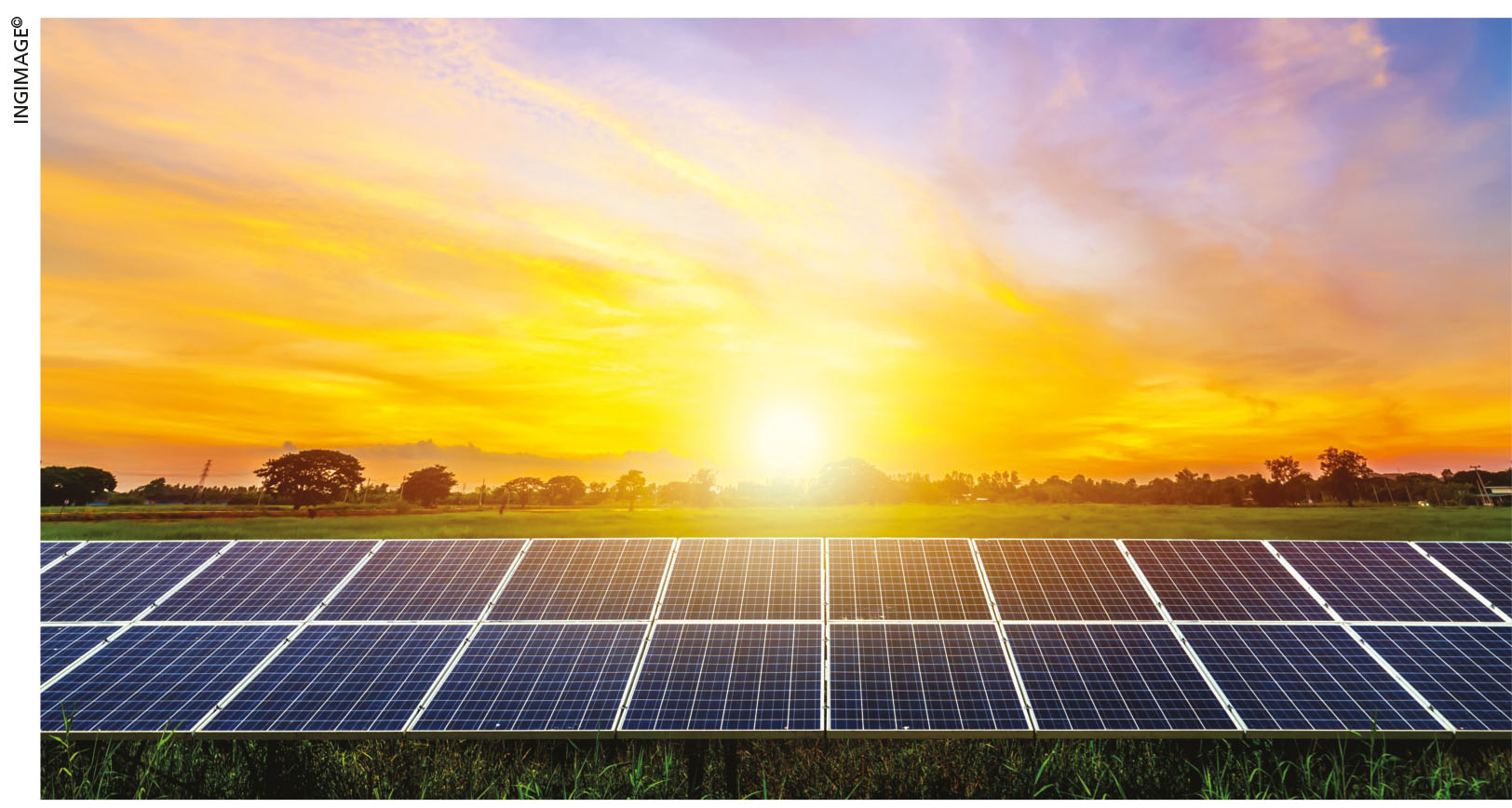RENEWABLE ENERGY
SUSTAINABLE ALTERNATIVES
Sri Lanka must opt for renewables for its electricity needs – Janaka Perera

Sri Lanka is facing an unprecedented energy crisis; it has been doing so since the introduction of electricity to the country 127 years ago.
Grandiose plans were drawn up over the past six years for the generation of electricity from renewable energy sources by the year 2020. We are now in 2022, and our nation state has been facing extended power cuts that have affected all industries and sectors, and all but paralysed the economy.
Sri Lanka experienced numerous power outages in 2018, 2019 and 2020, as hydropower reserves declined due to less predictable weather patterns.
Electricity is generated using three primary sources: thermal power that includes coal and fuel oil; hydropower; and renewable energy sources such as solar and wind power. In spite of the fact that global climate experts are calling for an end to the use of fossil fuels altogether, our continuing dependency on them is a major setback.
Renewable energy comes from resources that are naturally replenished by sunlight, wind, rain, tides, waves and geothermal sources. It is derived mostly from hydro, wind and solar power while biomass (cultivated timber) is also used for energy generation.
We have huge resources of solar and wind energy due to our location in the tropical Indian Ocean. Eleven wind power plants are currently connected to the national grid.
In its assessment of wind and solar energy potential in Sri Lanka, the United States Agency for International Development (USAID) provided a grant of US$ 600,000 in June 2020 to the National Association of Regulatory Utility Commissioners (NARUC) to support the Public Utilities Commission of Sri Lanka (PUCSL) in its analysis of the island’s energy cost and tariff structures.
This was in response to the government’s proclaimed objective of hydro and renewable sources coming to account for 80 percent of Sri Lanka’s overall energy mix by 2030.
USAID expanded this effort in May last year by awarding a 19 million dollar energy project to help the state turn its power sector into a market based, secure, reliable and sustainable service. It was expected to facilitate access to capital and attract investments, to increase deployment of renewable energy and advanced technologies.
It would have raised the private sector’s role in the power system, enhanced competitiveness and encouraged the adoption of energy efficiency standards.
Many affluent families have installed solar panels to generate electricity for domestic consumption while exchanging power with the Ceylon Electricity Board (CEB) and paying for the balance usage (net metering).
But widespread usage has been restricted due to high initial layout costs. More common are the solar powered water heaters, and lights that illuminate walking paths in newly developed public areas.
A related area is off-grid solar power whereby all energy needs are generated by the power of the sun with no help from the electricity grid. To make this possible, you need to install a sun powered system paired with an energy storage unit such as a solar battery in the house, which is the site of energy consumption.
For most of rural Africa, sunset is synonymous with darkness. This has been the trend for so long that it is seen as the norm rather than the exception. The urban electrification rate stands at 60 percent with the rural value being 14 percent.
This situation has called for diversification and innovation, and set the stage for off-grid solar power. It is a highly effective process that enables access to basic electricity services. The system powers households through a battery that’s connected to a rooftop panel.
In South Africa, solar installations are no longer a new concept and multiple megawatt units have already been installed by various providers, where establishing an off-grid solar power system was once a fringe concept due to its large space requirements and prohibitive costs.
Advances in technology over the last decade have made equipment more efficient and less expensive, and this should help mainstream solar power usage.
A typical home requires between 25 and 30 solar panels to cover 100 percent of its electricity needs.
The problem with on grid solar power is that though it facilitates savings on electricity bills, when power outages or cuts occur it makes no difference whether you have it or not. With off-grid solar power however, a homeowner does not need to depend on the grid at all.
Electric vehicles (EVs) constitute another important area in the facet of renewable energy. With an electric car, you won’t need petrol or diesel, which means you’ll save money in the process. EVs are also environmentally-friendly and cause less noise pollution. Given the rate at which the environment is being destructed, EVs are likely to be the way ahead.
Electrification of the railway system is also long overdue and even though the idea was proposed many decades ago, we have yet to see any changes.




